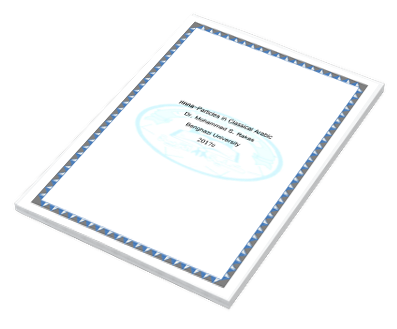ʔinna-Particles in Classical Arabic
DOI:
https://doi.org/10.37376/fesj.vi5.443Abstract
This paper investigates a set of six particles named in Classical Arabic grammar as ʡinna wa ʡaxawaatiha, (Lit. ʔinna and its sisters). These particles are investigated as they stand in Arabic tradition in section one, and considered in terms of X-bar theory of syntax in section two. These particles are treated in the Arabic tradition as verb-like governors, and categorized in this paper as case and mood assigners. It is pinpointed in Arabic grammar that these particles introduce nominal clauses, and show a unified syntactic behavior in assigning accusative case to the subjects, and assigning different moods to the predicates of these nominal clauses (Rakas 2008a). In Arabic tradition, there is a consensus on accusative case assignment whereas mood assignment is a controversial issue. It is assumed in the Arabic tradition that nominal sentences have basic Topic-Comment structure. In this study, the particles in question are categorized as Complementizers, their maximum projections are Complementizer Phrases, and the subordinate nominal clauses are specified as Inflection Phrases. The structure of the embedded nominal clauses is treated in this study as Subject Verb Object, rather than Topic-Comment structure. Nominal (non)equative sentences, verbal sentences and Topic Comment structures are accounted for in terms of cyclic movements in section two below.
Downloads

Downloads
Published
How to Cite
Issue
Section
License
Copyright (c) 2021 Faculty of Education Scientific Journal

This work is licensed under a Creative Commons Attribution-NonCommercial-NoDerivatives 4.0 International License.














